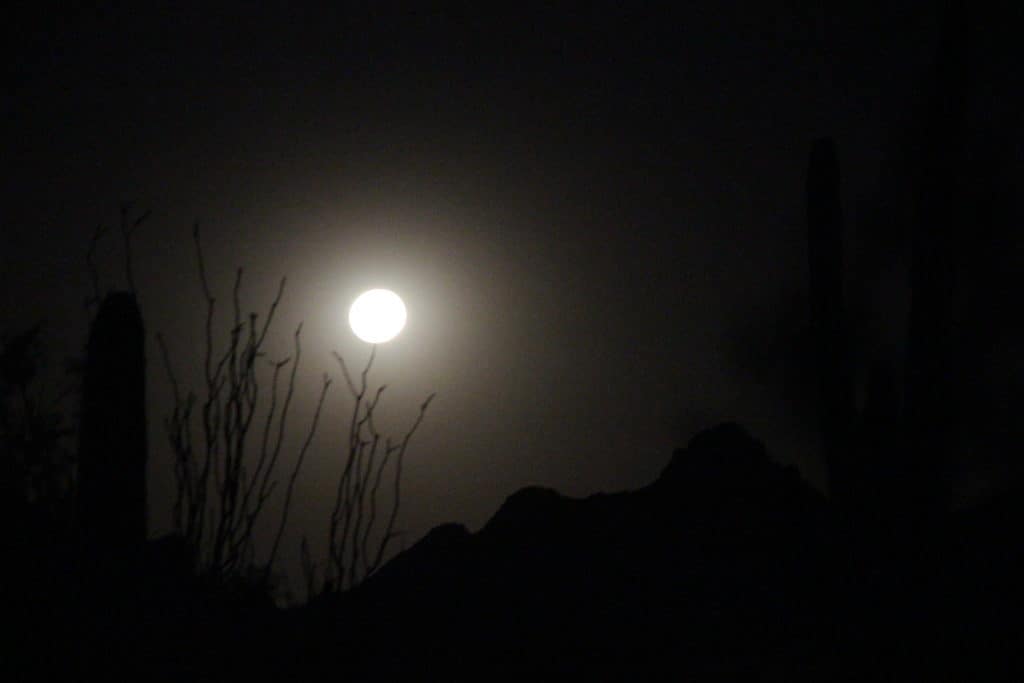“If a child is to keep alive his inborn sense of wonder … he needs the companionship of at least one adult who can share it, rediscovering with him the joy, excitement, and mystery of the world we live in.” —Rachel Carson
How does a parent encourage this sense of wonder? How do we find it again within ourselves if it has been lost? Your senses will guide you! Be sure to check out Part I here!
And you don’t want to miss Part III on Nature Journaling either!

Take just ten minutes in the middle of your next hike, or two minutes while you wait for the school bus, or five minutes on your way back to the car after visiting the playground.

Get quiet, and get curious. Tune into your senses. What is the quietest sound you can hear? The furthest? How about that bird song – does it sound joyful or upset? Can you smell the earth awakening after a long winter? Can you hear snow falling? Does ice make a sound as it forms along the edge of a river in winter?

Do you have wild edibles in your area? Find out – go with a knowledgable person and sample what is safe. Do snow and rain taste the same? What is the tallest thing you can see? How about the smallest? Can you find something green? How about orange?

What does moss feel like on your bare feet? How about mud squelching up between your toes? What end of the earthworm does the eating? And what is the function of that collar-like segment on a worm’s body?
And then ask WHY! Get curious, together.

When you return home after watching a squirrel flicking his tail and chattering in the treetops, find out why. Check out a book about squirrel behavior, or find a trusted resource online. Look closer at the petals of a flower. Can you see the grains of pollen? What plant are you looking at anyways? Is it native to your area? What creatures in your ecosystem rely on this plant?

Does a ring around the moon (lunar halo) really mean precipitation is on its way? What critter made the tracks you saw on your snowshoeing adventure? Was it an ermine? A raccoon? And where was the creature headed?

Your senses will guide you, and your curious child will follow your lead. It may take some time, but this natural instinct will come back, and it will get stronger with every outing!

Additionally, try taking along a hand held magnifying glass and a small dish to collect pond water on your next outing. This is a great way to awaken curiosity. What IS that wiggly creature? Could it be mosquito larva?

Or binoculars. During the winter, when the deciduous trees are bare you might spot last years bird nests. You might even see birds collecting twigs to build their new nests!

I like to focus on one thing during each outing. Color – on a bleak winter walk. Sounds – on a spring adventure. But, being flexible is great too.
To go deeper into nature study (for kids of all ages) check back next week for part III (plus, a giveaway!).
“Among other things, nature-related experiences foster the child’s emerging sense of wonder, which is one of the primary sources of knowledge. In fact, some philosophers and educational psychologists contend it is only through wonder that we can come to know the world as it really is.”
(Cobb, E., 1977 The Ecology of Imagination in Childhood)
About Team Member Valerie:
Valerie is a homeschooling mama of two dirt lovin’ kids, ages 6 & 8, & an old labrador retriever mix. She loves spending time with her family outdoors & is a self-proclaimed bibliophile. Valerie and her family can be found mountain biking, canyoneering & scooping sand in Utah; skiing and building snow forts in Colorado; hiking & hugging cactus in Arizona; and hunting for singletrack, tadpoles & breweries in Oregon.

Pin it:


© 2019, Tales of a Mountain Mama. All rights reserved. Republication, in part or entirety, requires a link back to this original post and permission from the author.
